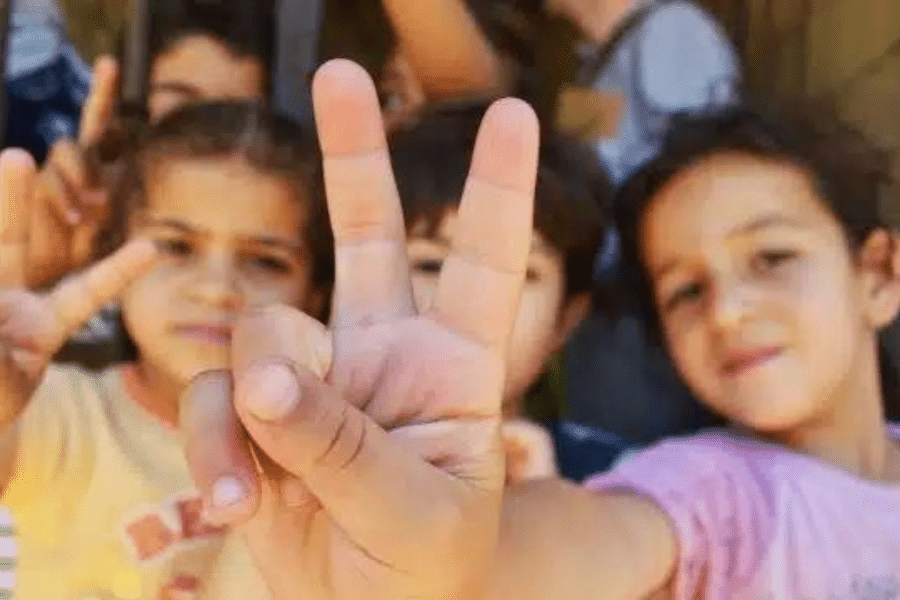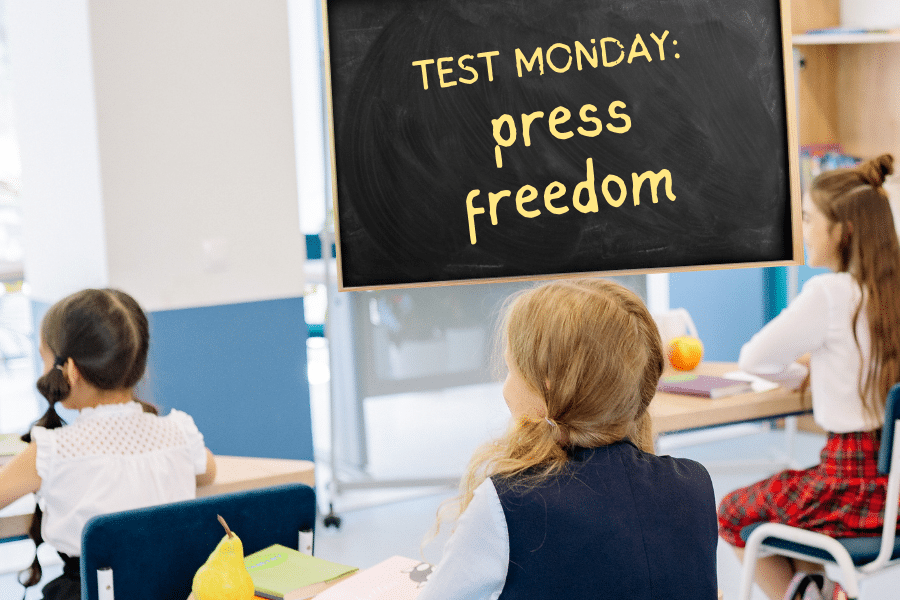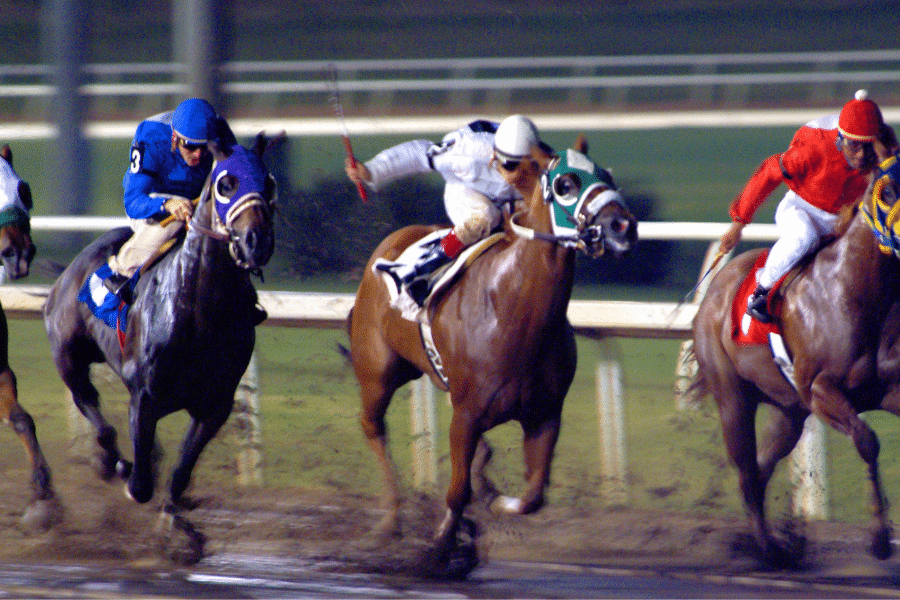
by Jan Oberg | 15 Nov 2023 | Decoder Replay, Journalism, Media Literacy, Middle East
Journalists tend to depict conflict as violent struggles between good and bad. There is a different way to think about war. Syrian refugee children in Lebanon (Wikimedia Commons/Trócaire/Eoghan Rice) Editor’s note: This week News Decoder is exploring the future...

by News Decoder | 7 Nov 2023 | Education, Journalism, Media Literacy, News Decoder Updates
To combat the spread of disinformation a new consortium will offer a digital tool to help teachers incorporate journalism into media literacy classes. A teen practices photojournalism. It is difficult for young people to navigate through all the information and...

by News Decoder | 17 Oct 2023 | Journalism, Media Literacy, Middle East
We grab for news when events turn tragic and frightening. But we don’t think about the journalists who stayed put amid the mayhem to bring us that news. A camera catches the pepper spraying by police of a journalist covering protests in Hong Kong in 2014....

by Tom Heneghan | 11 Oct 2023 | Educators' Catalog, Journalism, Media Literacy
The 24/7 news cycle turns every news item into a headline without context. The more we consume the news the less we understand. Can we break out of that cycle? A TV screen fills with the words “Breaking News” while headlines scroll over. (Illustration by...
In this article, ND correspondent Tom Heneghan explains the tension between the immediate and the eventual in journalistic reporting. In this vein, what is “urgent incrementalism”? Help boost students’ media literacy skills with this text and accompanying classroom activity.
Exercise: Read the article and define “urgent incrementalism” as a class. Then, have students scan today’s headlines and each pick one story to read. Does their story lean “urgent” or “incremental”? How might that change the way a reader understands the issue at hand?

by Marcy Burstiner | 2 Oct 2023 | Education, Journalism, Media Literacy, Personal Reflections
Your opinion matters. But how you express that opinion in print can mean a yawning reader or one who can’t stop thinking about your ideas. Girl reads by flashlight under the covers. Illustration by News Decoder. If you go to a gathering and someone starts to...

by News Decoder | 29 Sep 2023 | Education, Journalism, Media Literacy
A media literacy organization asked for nominations of teachers and groups who teach youth about press freedom. Nominations came from all across the world. Children in a classroom and a blackboard that says “Test Monday: Press Freedom.” Illustration by...

by Nelson Graves | 25 Sep 2023 | History, Journalism, Media Literacy
Getting stories right used to be more important than getting the scoop. Maybe it’s time to return to careful, skeptical and dispassionate reporting. Four jockeys on horseback. (Credit: Jupiterimages) This article was produced exclusively for News Decoder’s...

by News Decoder | 14 Sep 2023 | Journalism, WePod
A consortium of audio and journalism organizations join together to create a community of podcasters across Europe. The leaders of the WePod consortium organizations gather in Madrid. Back row (left to right): Luciana del Castillo, János Tőke, Sabrina Tinelli, Marta...

by Helen Womack | 12 Sep 2023 | Education, Educators' Catalog, Journalism, Media Literacy, Russia
A blank page confronts every writer on deadline. Turning that empty space into an article someone might read takes more than simply hitting keys on a keyboard. Two images of a woman at a typewriter trying to find an idea. Photo illustration by News Decoder. This...
ND correspondent Helen Womack takes us through her process of going from a blank page to a published article in this piece on confronting writer’s block. How can we help students find their voice?
Exercise: Read the article with your class, then have students brainstorm pitches that they can submit to News Decoder. How might their initial ideas be transformed into a publishable piece? Consider: global/local relevance of pitches, at least two sources to interview to investigate the topic, students’ unique angle on the topic. Students should then submit a pitch for an opportunity to work with our editors to be published on our global news site.
For further tips on interviewing and drafting, direct students to our asynchronous E-Learning courses. If you’re not a member of our school network, contact us to learn more about these members-only resources.

by Norma Hilton | 3 Aug 2023 | Educators' Catalog, Journalism, Media Literacy
Making sure that information is true isn’t easy. Our correspondent takes you through the arduous process of fact-checking a news story. Illustration by Ana Schwartz for News Decoder When I first started out in journalism as a 17-year-old, I had never heard of...
Correspondent Norma Hilton models the process of fact-checking in this important article for students and adults alike. In a world inundated with instantaneous information at our fingertips, knowing how to distinguish fact from fiction is ever-critical.
Exercise: After reading the article, have students dissect the fact-checking process modeled in the text. Prompt a class discussion on what the process looks like in practice, step-by-step. Did anything about the process surprise them? Then, in pairs, students should fact-check a short news text (either one they’ve selected or one you provide to them). Which sources should they examine to confirm that the text is credible?










